As Toyota consolidates its advanced internal combustion technology into a single engine group, the Toyota Dynamic Force, we look at the automaker’s most noteworthy motors.
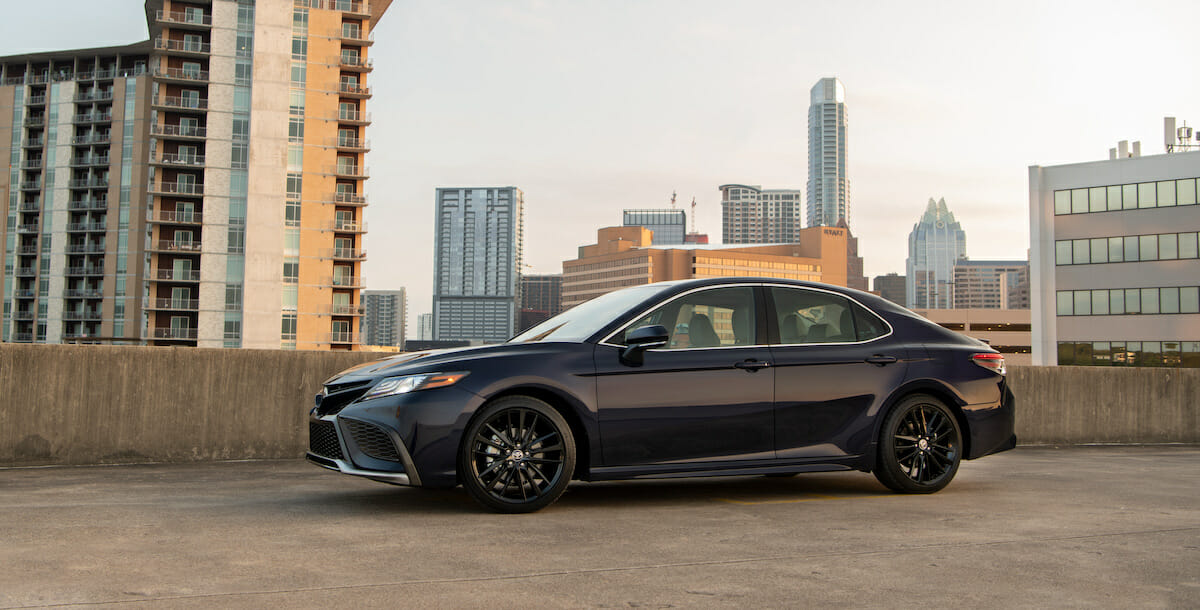
Toyota’s diverse automotive history has resulted in hundreds of engine variations. Now, as Toyota drives towards the future, the automaker is seeking to consolidate its advanced internal combustion technology.
The automaker’s streamlined menu offers a single-engine group: the Toyota Dynamic Force engine family, which Jalopnik covers here more comprehensively.
We are going to look at Toyota’s most noteworthy motors and the exciting future powerplants it is pioneering.
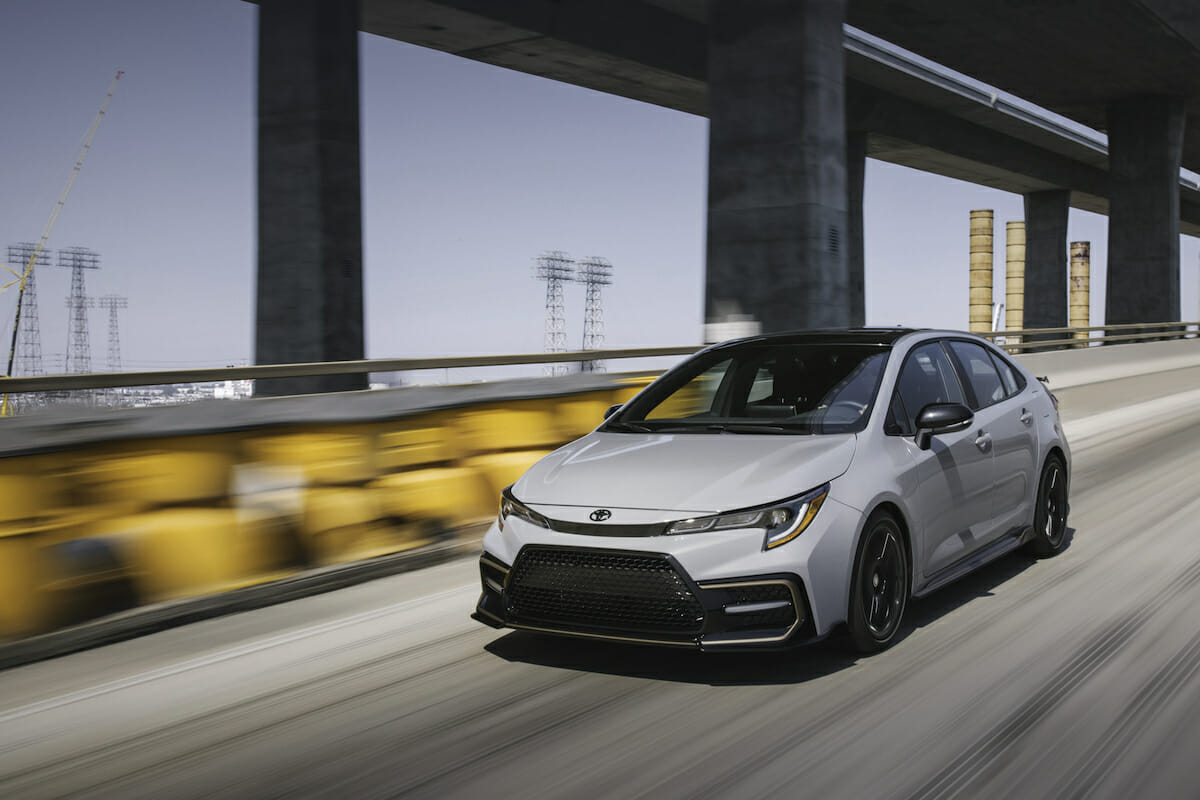
Toyota’s Inline-fours
The oldest and most successful group of Toyota powerplants is its inline four-cylinder (I4) engine class. Toyota has built I4 engines designed to be installed “longitudinally” (in-line with the driveshaft in rear-wheel-drive (RWD) vehicles. And its I4s were designed to be mounted “transversely,” or over the front axle of a front-wheel-drive (FWD) or all-wheel-drive (AWD) car.
The Corolla is Toyota’s subcompact car. Since the vehicle’s 1966 debut, Toyota has sold over 44 million Corollas.
Early generations of the Corolla featured a front-engine/RWD layout. It was powered by Toyota’s K engine family, an I4 with a cast-iron block and aluminum head that produced between 44 and 82 hp, depending on its setup.
In 1983, the fifth generation of the Toyota Corolla introduced a FWD drivetrain that was an available option for several more years.
The new FWD Corollas for the North American market were powered by the fourth iteration of Toyota’s A engine family (the 4A).
The 4A generation was produced for twenty years and was made up of a range of 1.6-liter I4s with a cast-iron block and aluminum head.
The first 4A engines were carbureted with a single overhead cam (SOHC) and eight valves that made 70 hp.
By 2002, the 4A engine had evolved into a double overhead cam (DOHC), 20-valve powerplant. The supercharged 4A-GZE version made 168 hp.
The 4A-GE is featured on Motor Trend’s “2020 Top 10 Toyota Engines” list. Available in the 1984-1987 Corolla GT-S, the 4A-GE was one of the first fuel-injected I4s to feature a DOHC and 16-valves. Though it only made 112 horsepower stock, it continues to be a popular engine for tuners.
One of the longest-lived Toyota engine families is the I4 “R” engine, which powered many Corolla compact cars and countless midsize trucks and SUVs as well as sports cars from 1953 until 1997.
The R engines were usually mounted longitudinally. Toyota R engines spanned 22 generations of development and ranged from 1.5-liter, 60 hp powerplants to the beloved 2.4- liter turbocharged 22R-TE that reliably turned out 135 hp and 173 lb.-ft. of torque.
The 22R-TE was prized the world over for promising durability and low-end torque without the fuel waste of a larger engine.
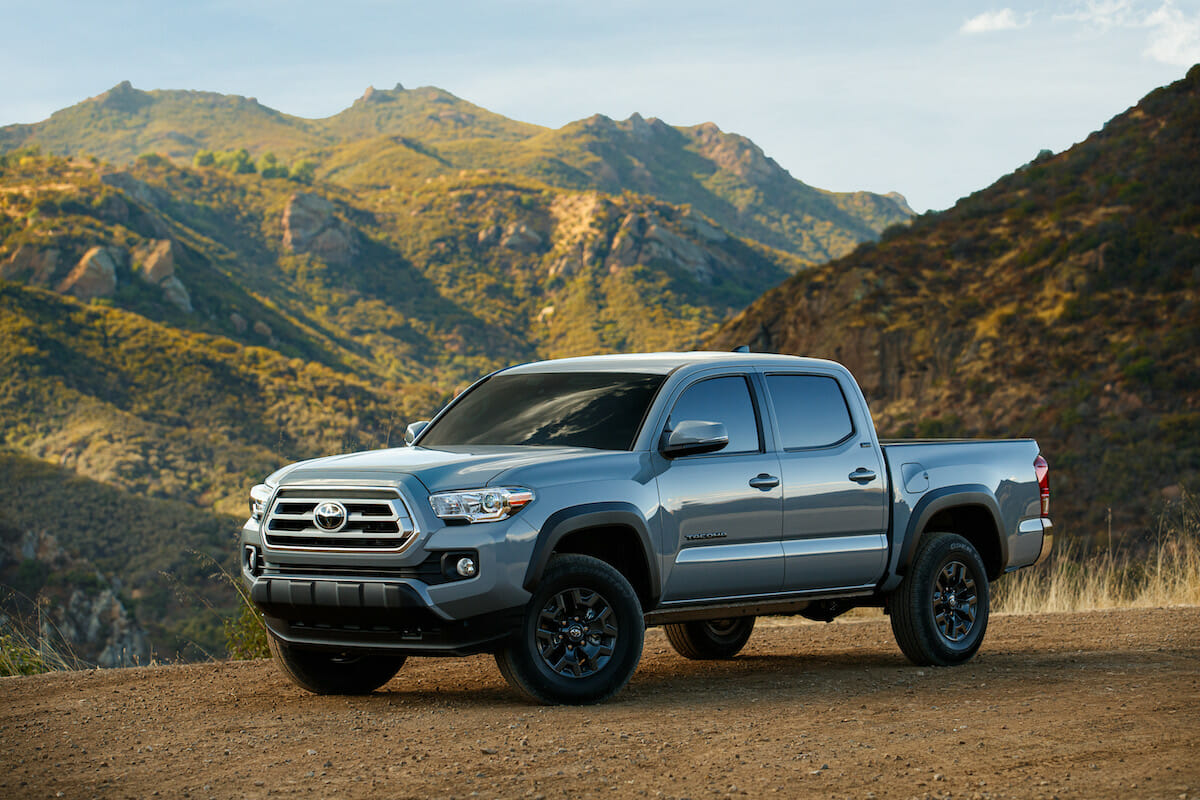
Current Toyota Inline-four Engines
In 2007, Toyota unveiled the ZR engine. The ZR engine family consists of I4 engines between 1.6-liters and 2-liters, engineered to be mounted transversely.
Most ZR engines benefit from Toyota’s cutting-edge variable valve timing (VVT-i). The current Lotus Elise is still powered by the 1ZR.
Introduced in 2016, the 2ZR-FAE takes VVT-i technology a step further, leveraging valve control rather than conventional throttle plate control to adjust fuel/air intake with Toyota’s proprietary Valvematic system.
The resulting 109 ci (1.8L) I4 uses a 10.5:1 compression ratio and 6600 rpm redline to produce up to 148 hp and 129 lb.-ft. of torque—all while consuming 5% to 10% less fuel than its predecessor.
The flex-fuel version is the 2ZR-FBE while the more efficient yet less powerful Atkinson cycle variation used in hybrids is named the 2ZR-FXE. The 2ZR powered many recent Toyota group vehicles, but it is presently only available in Toyota’s Corolla, C-HR, and Prius.
In 2015, Toyota group updated its larger I4 engine with dual VVT-i technology as well. The T series replaces the R series as the biggest Toyota I4 and the 2TR-FE is the most recent offering in the T engine family. It is a 164 ci (2.7L) I4 with a DOHC and 16 valves, designed to be mounted longitudinally in trucks and SUVs.
The modern VVT-i technology allows the 2TR-FE to make 161 hp at 5,200 rpm and 181 lb.-ft. of torque at 3,800 rpm. The engine is still available in the Toyota Tacoma and the many variations on the vehicle available worldwide. It has not been available in the 4Runner for a decade and was never available in a Lexus.
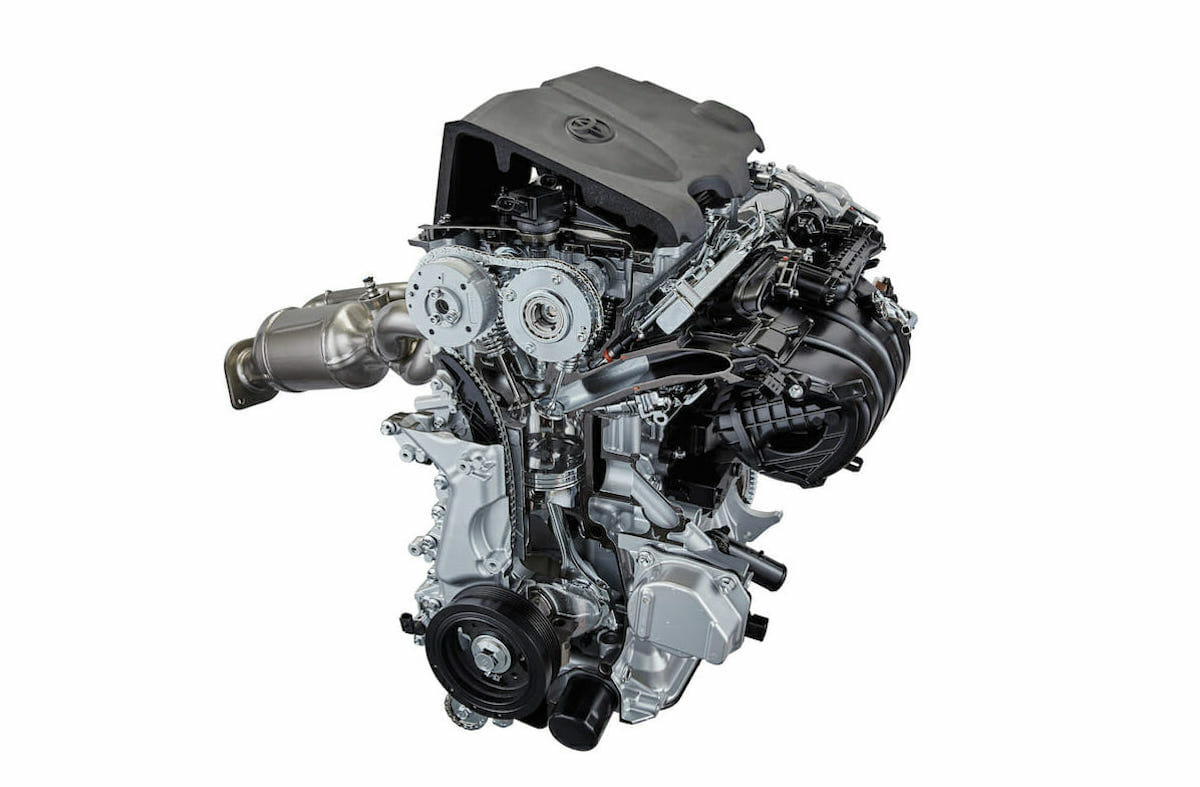
Toyota Dynamic Force Engine
By 2017, Toyota Group was offering roughly 800 engines across its worldwide vehicle lineup. The company launched the Dynamic Force engine family with the mission of sharing technology across its many vehicles while consolidating its hundreds of engine options down to just 17.
The Dynamic Force engine family currently includes aluminum block I3, I4, and V6 powerplants. The new engines all combine existing VVT-i, Valvematic, and multi-hole direct fuel injection technology for unprecedented control of the combustion process.
This enables a long stroke (distance of piston travel) engine with a remarkably high combustion ratio—up to 14.0:1. The result is a powerful and fuel-efficient motor programmed for smooth acceleration. Dynamic Force engines utilize a brand-new naming convention.
Unveiled in 2018, the M20A Dynamic Force I4 engine is a 121.2 cu in (1.9L) I4 that boasts a 13.0:1 compression ratio to deliver between 168 and 172 hp. The flex-fuel variation is labeled the M20A-FKB and the hybrid powerplant is the M20A-FXS.
This motor is available across much of Toyota Group’s transverse-engine-powered vehicle lineup: The Corolla, Camry, Avalon, Rav4, C-HR, Lexus ES 200, Lexus UX 200, and Lexus UX 250h/260h.
The A25A is a larger Dynamic Force engine. It is a 151 ci (2.4L) I4 engine with a minimum compression of 13.0:1, first offered in 2017.
Variations of the A25A have become available in the Camry, Camry Hybrid, RAV4, RAV4 Hybrid, Avalon, Highlander, Sienna, Lexus ES 250/260, and Lexus ES 300h. The A25A is tuned to make between 176 hp and 207 hp, depending on its vehicle placement.
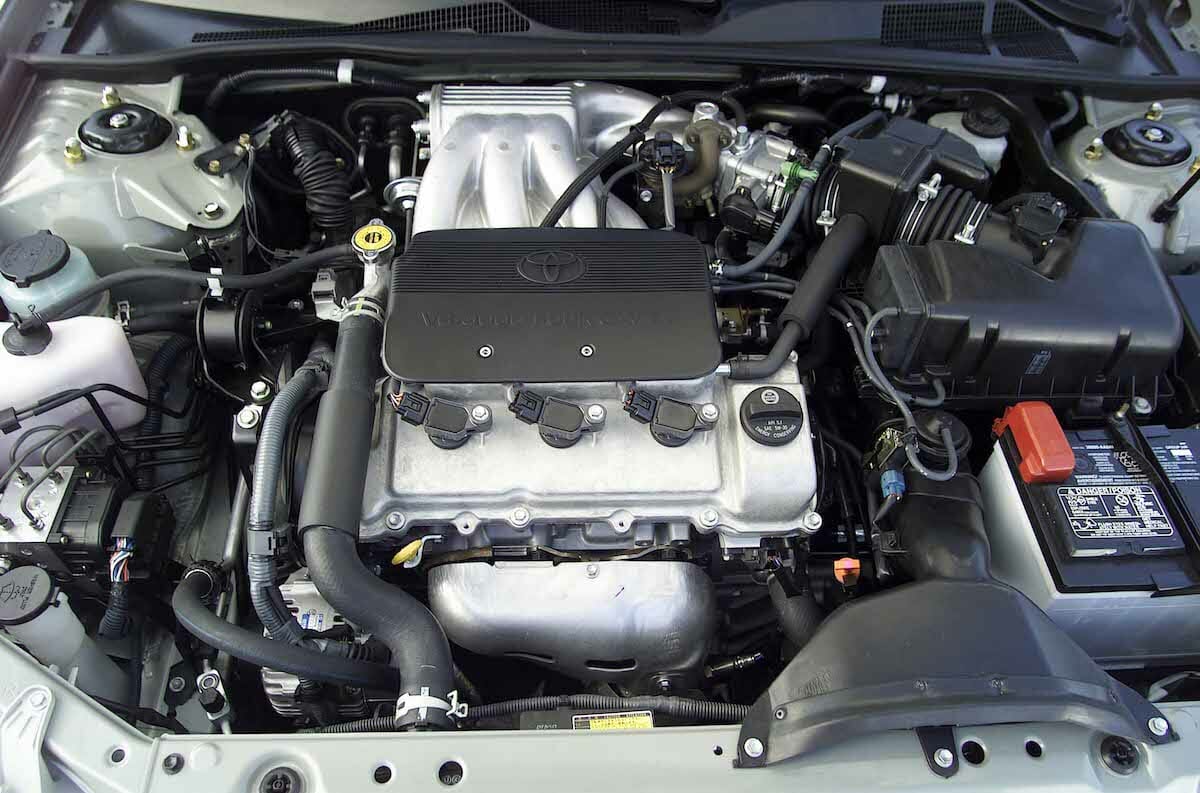
Past Toyota Engines
Toyota has a long history with both V6 and V8 engines—even producing a V10—though the automaker often turned to I6 engines for performance.
Toyota built its first V8 not for its trucks, but for its Japanese-market Century luxury car. In 1963, the V could claim the first Japanese aluminum-alloy engine block and featured hemispherical combustion chambers, like Dodge’s “Hemi” engine.
Toyota’s first V6 was its VZ engine, a sturdy, torquey, and reliable engine ranging from 2.0-liters to 3.4 liters. The V6 was mounted longitudinally in trucks and SUVs and transversely in Vistas, Camrys, and Lexus 250s, from 1988 through 2004.
During its lifetime, this engine went from a SOHC to a DOHC and was at the forefront of Toyota’s EFI, then ECU technology. Yet Toyota never turbocharged the VZ, and it was never tuned for top-level performance.
The 1967 Toyota 2000GT is often called the world’s first Japanese supercar. At its heart was a straight-six-cylinder Toyota Crown engine—tuned by Yamaha—with an early twin-cam head and three two-barrel Solex carbs.
The resulting 3M inline-six made 150 hp and 130 lb.-ft. of torque, enough to launch the little car into the history books. Toyota caught the I6 bug, and when the automaker sought to set its 1987 Supra apart, it developed the turbocharged 7M-GTE I6.
At the time, the 232 hp engine was the most powerful in Toyota’s lineup. In the end, it paved the way for the legendary 1993 MK IV Supra’s 320 hp 2JZ-GTE I6.
One of the true supercar engines produced by Toyota was the 2011-2012 Lexus LFA’s V10: the 1LR-GUE. Toyota pulled out all the stops, completely re-engineering what a V10 engine could be. They set the cylinder banks at an unorthodox 72-degrees for a better-balanced rotating assembly.
Then they forged its pistons and made its 10 rods from titanium. They even set the engine up with a dry oil sump. The resulting 4.8L powerplant does not redline until 9,000 rpm; it makes 552 hp and 345 lb.-ft. of torque.
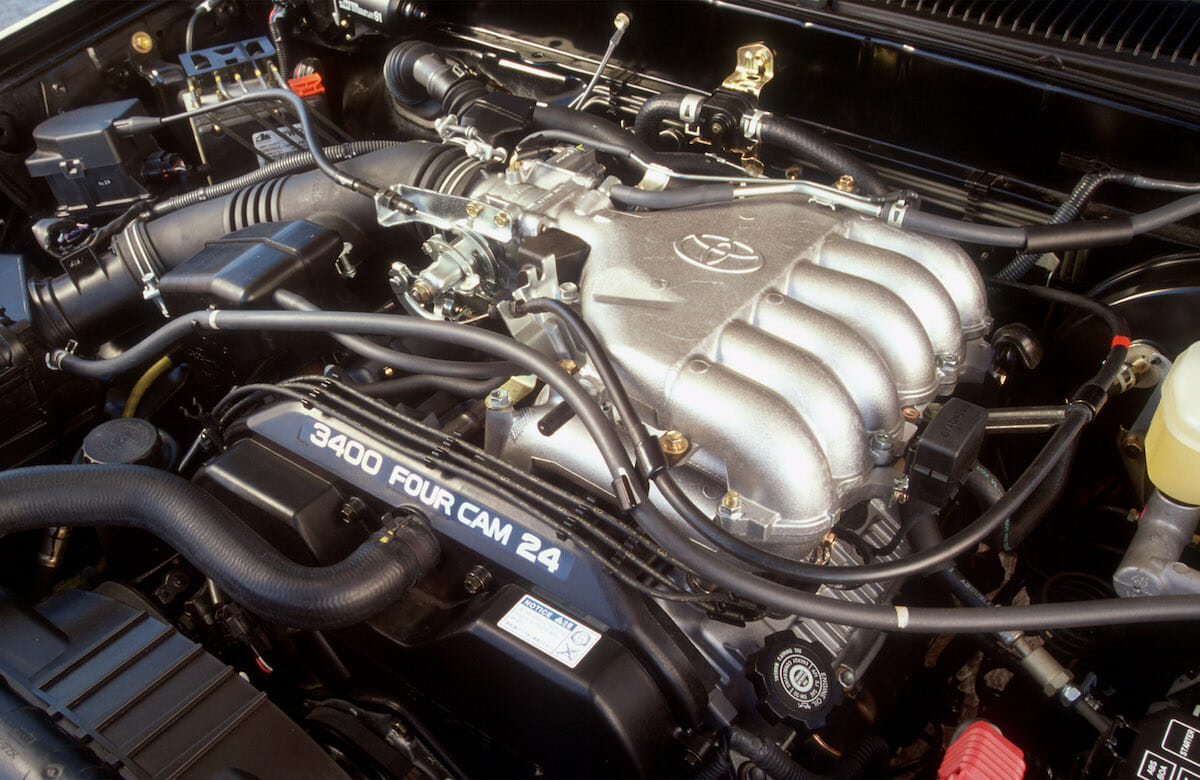
Current Engines
The Toyota Tacoma is a favorite midsize truck, worldwide. One secret to the Tacoma’s success is that truck has always been available with a V6 engine powerful enough to take on any job.
The current, third-generation Tacoma is available with either an I4 or the legendary 2GR-FKS V6. The GR engine family is made of aluminum block, DOHC V6s.
The engine layout was developed for the 2002 model year to replace both the VZ V6 engines and the JZ I6 engines.
The top trim level Tacomas have been powered by a GR engine since 2005. The modern Tacoma is available with the 2GR-FKS, a 210 ci (3.5L) 24-valve V6.
This engine leverages proprietary Toyota injectors to combine the benefits of direct injection (increased performance) with the benefits of traditional port injection (better fuel/air mixture).
At the same time, it’s utilizing the Atkinson cycle perfected by Toyota’s hybrids. The 2GR-FKS balances unprecedented power and efficiency for an engine of its class.
This V6 is currently available in the Tacoma, Sienna, Highlander, Lexus LM 350, Lexus RX350, and Lexus LS 350. In recent model years, it was also available in the Camry, Avalon, Lexus GS 350, and Lexus RC 350.
Some reviewers have complained that with a zero to 60 time of 8.2 seconds, the Toyota Tacoma has one of the slowest acceleration times of any modern truck.
Auto Evolution pointed out that the third-generation Tacoma “became popular for its reliability and capability,” and that “trucks are not designed with speed in mind.” The current Tacoma produces a respectable 278 hp.
Toyota’s full-size pickup truck is the Tundra. Recent Tundras have been available with the 4.0L and 270 hp 1GR-FE V6, a 4.6L, and 310 hp 1UR-FE V8. And, the top trim engine is a 5.7L and 381 hp 3UR-FE.
From the 2020 model year onward, the Toyota Tundra is only being outfitted with the top-level, 5.7L V8.
The 5.7L 3UR-FE is an aluminum-block V8 that takes advantage of Toyota’s dual VVT-i technology.
For several years, Toyota Racing Development (TRD) offered a dealer-installed roots-style supercharger that blasted the 5.7L V8’s horsepower from 381 to 550. And it was covered under warranty.
The 5.7 V8 has been available since 2007 in the Tundra, Sequoia, Land Cruiser 200 series, and Lexus LX 570.
The 4.6L 1UR-FE V8 is in the same engine family as the 5.7L, but lacks VVT-i, or Toyota’s D4-S direct-injection technology. It was still capable of making 304 hp to 347 hp.
The engine can be found in recent, used Sequoias and Tundras as well as the current Lexus 460-class SUVs.
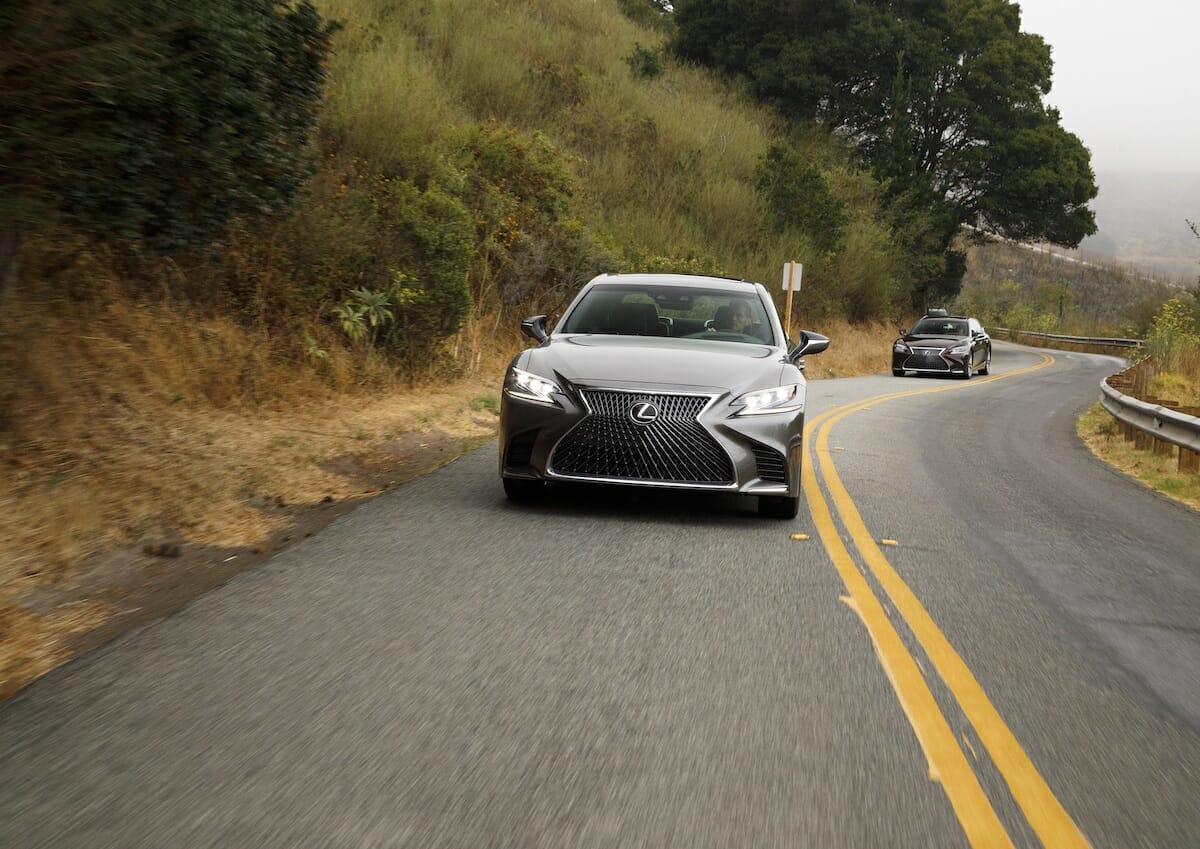
New Dynamic Force V6 Engine
Toyota is seeking to replace its entire engine lineup with new, Dynamic Force technology. To this end, the automaker has pioneered a Dynamic Force V6: the V35A-FTS.
The V35A-FTS was first introduced in 2017. It is a 210 ci (3.4L) V6 with D-4ST direct/port injection technology as well as a 10.5:1 compression ratio and twin turbochargers. It makes an incredible 416 hp. This is the first turbocharged V-layout engine in Toyota history.
The V35A-FTS is currently only available in the Lexus LS 500. Whenever Toyota Group offers this largest Dynamic Force engine in its other vehicles, we should see a dramatic shift in the power available from Toyota trucks and SUVs.
Photos: Toyota